In history lessons at school, we rarely deviate from the textbook, trying to understand this or that event from a particular point of view. But then we grow up and the internet, sci-fi literature and TV shows try to confuse us and fill us with different myths about history.
For example, about the black Prince Rostov from the TV series “The Great” or about the funny eccentric Ivan the Terrible from “Ivan Vasilyevich Changes Profession”.
Where is the truth and where is the myth? We collected several popular legends about the history of Russia and tried to figure out how true they are.
Prince Vladimir was the first to come up with the idea to baptize Russia.
The date of the baptism of Russia is considered to be 988, although some researchers suggest that the event took place a little later, in 990 or 991. Everyone remembers the famous story about how Prince Vladimir baptized Russia from school. According to legend, the ruler chose Orthodoxy under the impression of the stories of the ambassadors from Byzantium. Vladimir specially sent them to Constantinople to return with their ideas about an unknown religion.
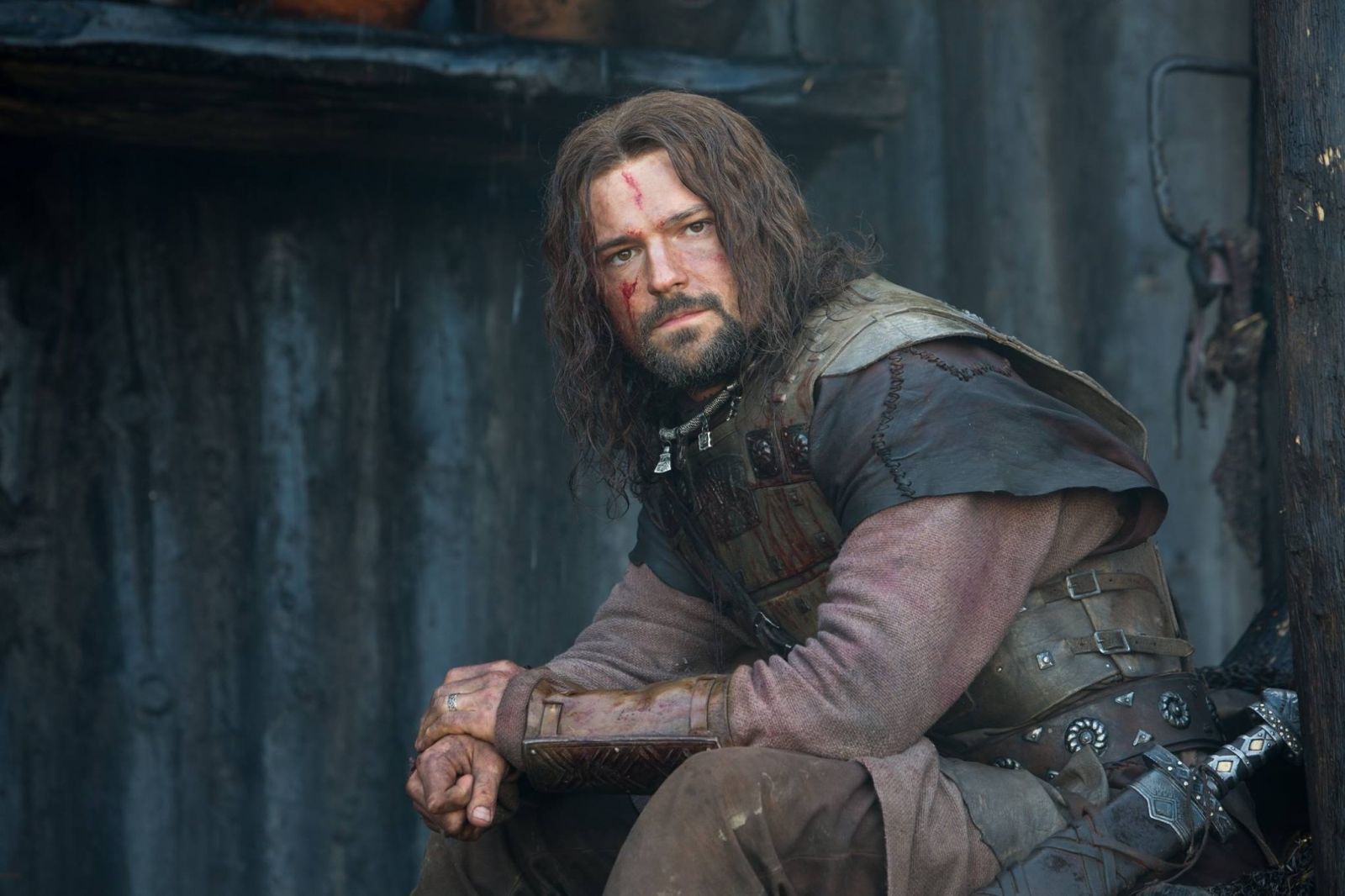
However, the prince was far from the first to come up with the idea to baptize Russia. The first was her grandmother, Princess Olga, who converted to Orthodoxy in 957. It was he who proposed to his son, Prince Svyatoslav, to accept only one religion. Olga argued that a common religion contributed to the unification of Russian lands. True, as we remember, Svyatoslav did not listen to his mother and acted in his own way, using military force.
Ivan the Terrible was a very cruel ruler
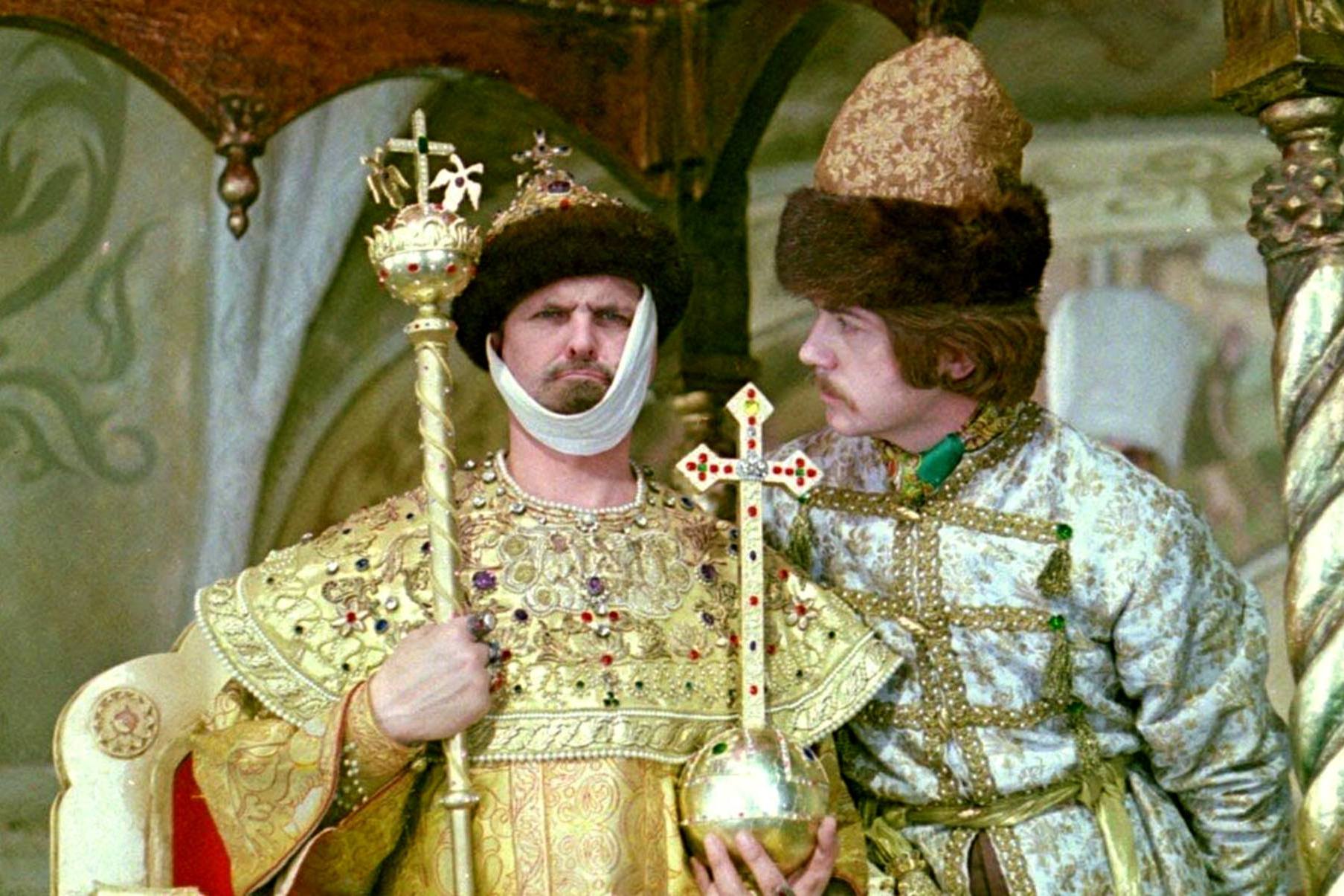
The personality of Ivan the Terrible is associated with many legends. So, Andrey Kurbsky said in his “History” that in childhood the future tsar constantly tortured animals – for example, he could throw a cat off the roof. On the one hand, you can believe it, because children are sometimes cruel, on the other hand, you should not trust the work of Andrei Kurbsky, who once fled from Russia and turned to the side of the enemy – the Commonwealth of Nations.
Many stories IV. It is connected with the reign of Ivan – allegedly, executions became more frequent under him (although documentary sources say that only four thousand people were suppressed). Punishments were close not only to ordinary people, but also to the king. The story is known when the monarch summoned the boyar Ivan Fedorov to the palace, forcing him to take the throne, and then stabbed him to death.
IV. Cities under Ivan suffered greatly because of the oprichnina introduced by him. The population was greatly reduced, and there were also problems with food. “The guards tortured him, robbed him of his stomach, burned the courtyard,” said a contemporary.
Admittedly, the actions speak for themselves – and IV. Ivan entered our history under the pseudonym the Terrible. However, if we compare him with his no less cruel European contemporaries, it seems that researchers are biased towards the activities of the king.
The name of Red Square comes from the word “bloody”.
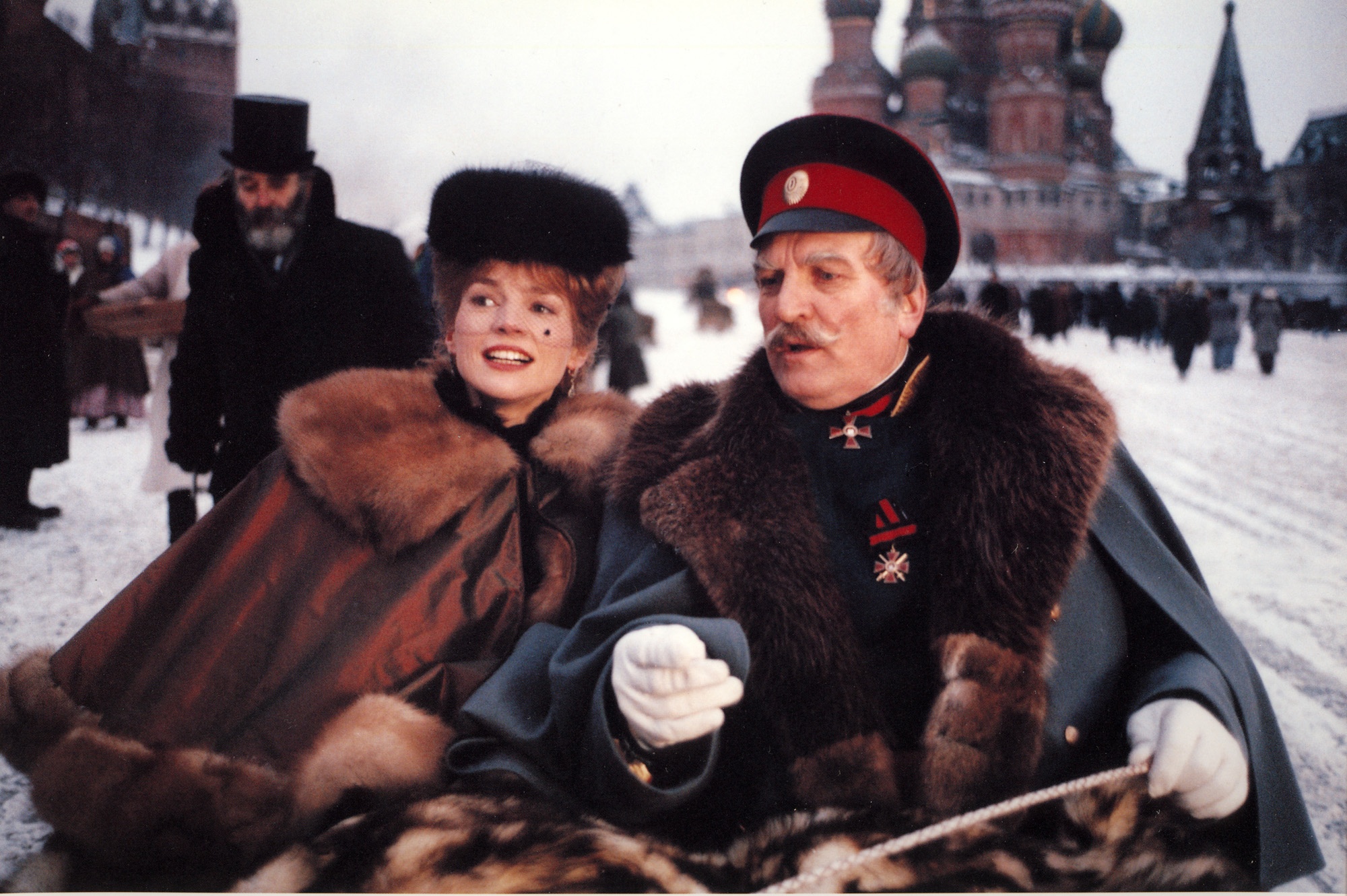
This is, by the way, again IV. It is an absolute legend associated with Ivan. Allegedly, under him, executions were carried out in the square – that’s why it got its name. In fact, the word “red” meant “beautiful”.
The growth of Peter I was two meters
In fact, it is not known for certain about the growth of the emperor. Numerous reports have been preserved in written sources about how tall Peter the Great seemed. and St. In the Peter’s House in St. Petersburg there is a sign indicating that the emperor was a little over two meters tall.
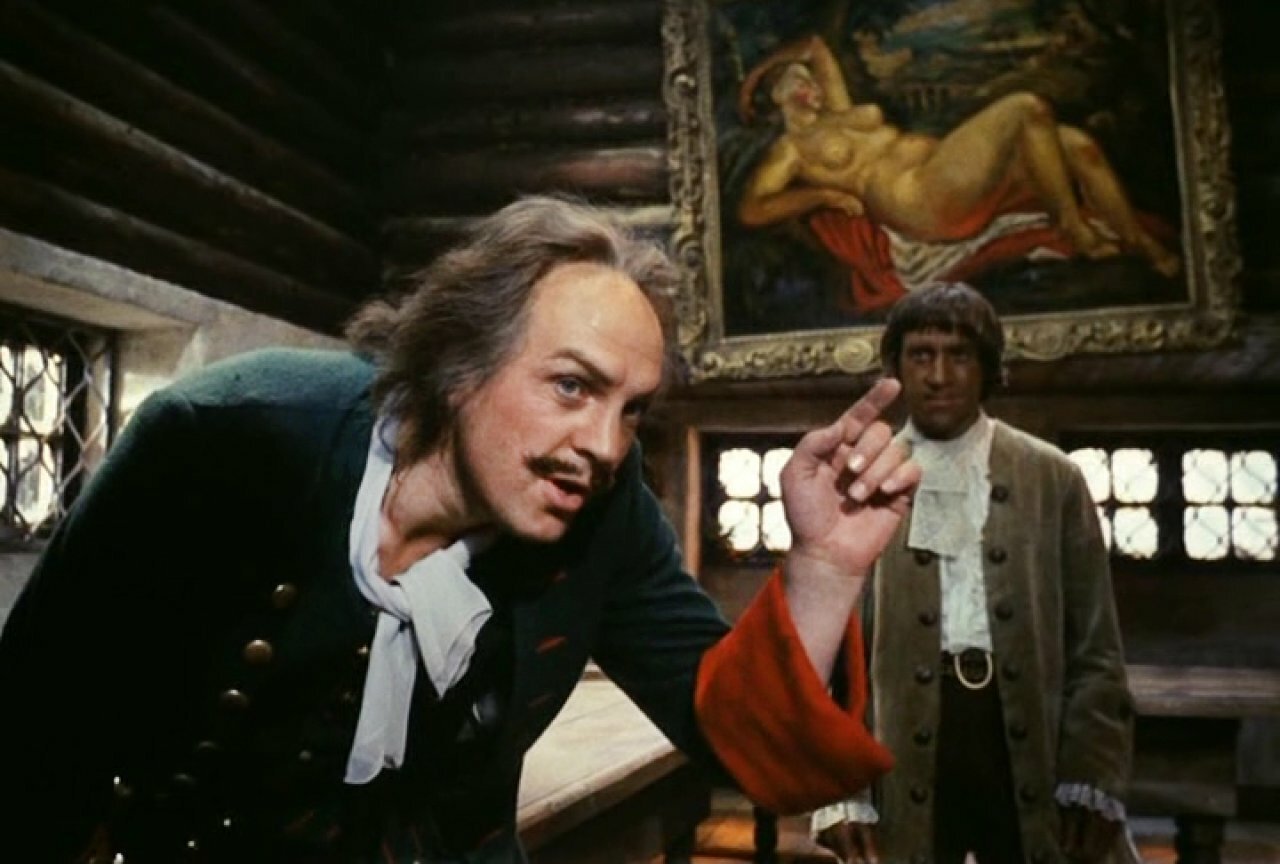
Researchers confuse it with the clothes worn by the emperor. Many note that it is intended for a person slightly taller than 170 cm, but definitely not a two-meter man. In addition, during the reign of Peter the Great, there were other ideas about high growth – 165 cm for a man was quite acceptable. It’s also a shame that the emperor’s foot size is small – he wore shoes of the 38th size.
Catherine II suffered an unusual death

The most common and at the same time illogical legend is associated with the death of the great empress. According to legend, Catherine died during sexual intercourse with a horse. It is clear that after hearing this, any sane person would understand how ridiculous this fiction is. However, the origin of the legend is unclear. Some historians believe that it was invented in Soviet times, trying to smear the activities of the Empress, others believe that it was her evil contemporaries who spread rumors about Catherine’s personal life, often embellishing the number of her novels, as well as the number of her novels. sexual preferences.
How did Catherine the Great really die? The Empress died in her room at the age of 67. Describing the last day of his mistress, historians noted that he woke up at seven in the morning as usual, had breakfast, dressed, and fell and lost consciousness only when the maid left the room for a while. The valet was worried, entered the room and saw the empress lying on the floor. He suffered a strong “apoplectic stroke” – a stroke.
Alexander III saved his family in a train accident
Alexander Mikhailovich, cousin of Emperor Alexander III, liked to embellish many facts about his relative. In particular, he described how the emperor could easily bend a spoon in a fit of anger. There were many stories about the power of Alexander III – a large, muscular monarch could really stand up for himself and his family. However, once on the throne he practically did not play sports. He ate a lot, got fat early, developed hemorrhoids – witnesses even wrote that Alexander could not ride a horse because of this disease.
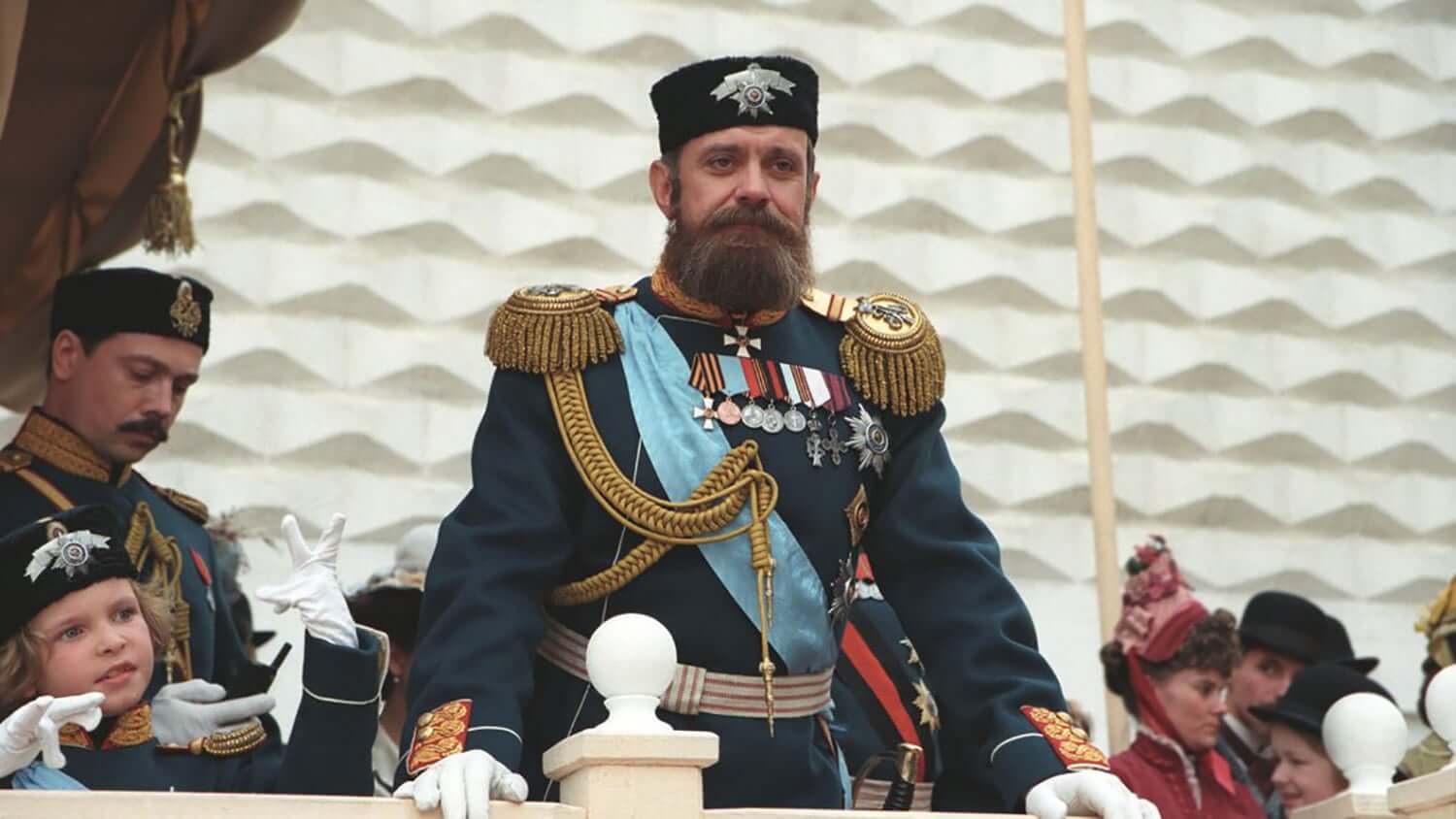
In 1888, Alexander III’s family moved from the Crimea to St. There was an accident on the way back to St. Petersburg by train. The entire royal family survived – and this is a lucky combination of circumstances. The food cart, in which the emperor was with his wife and children, fell on its side during the accident, everyone managed to get out, but without the success of the emperor.
Nicholas II – swimmer
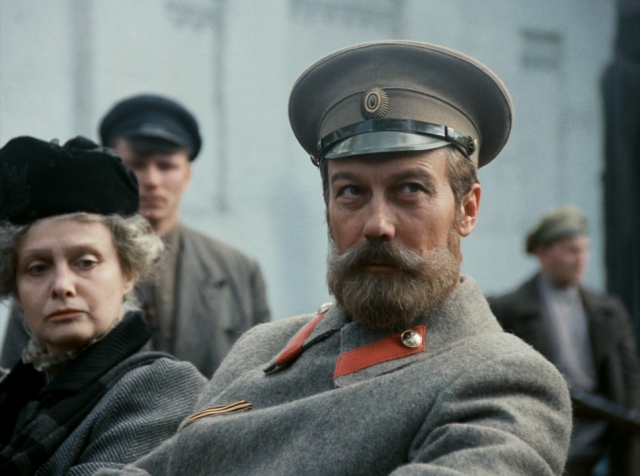
Another myth invented by the Soviet authorities is that during World War II. It is connected with Nicholas and his attitude towards animals. It was said that he liked to shoot birds. In fact, it happened only once – the emperor struck the crows in Tsarskoe Selo, worried about the last pregnancy of his wife, Tsarevich Alexei, who was expecting a baby boy.
Source: People Talk





